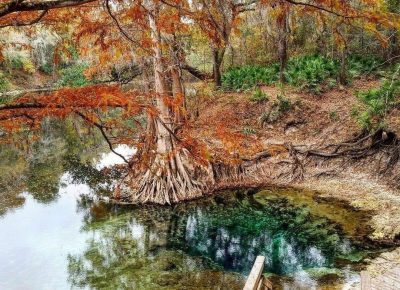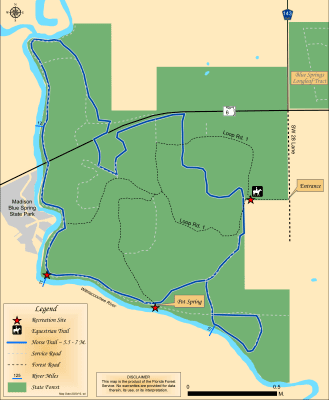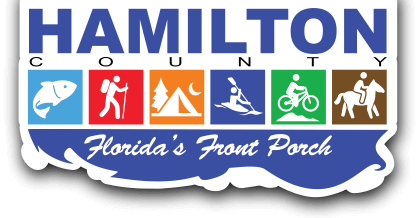Features: ![]()
![]()
![]()
![]()
![]()
![]()
![]()
![]()
![]()

Twin Rivers State Forest is comprised of 16 noncontiguous tracts. There are many natural communities within Twin River State Forest. Among these are sandhill, floodplain, swamp and sinkhole communities. American elm, river birch, sweetgum, water hickory and bald cypress can be found in the floodplains. Longleaf pine, turkey oak, post oak and live oak are common in the drier sandhill areas. Clear running springs are located on the Anderson Springs and Withlacoochee tracts. White-tailed deer, bobwhite quail, bobcat, otter, beaver, alligator and wild turkey are frequently seen on the forest. Twin Rivers State Forest offers a few primitive campsites located along multiple-use trails accessible via hiking, cycling and canoeing. For more information and other maps visit the Twin Rivers State Forest website.
 Over 11k acres for hunting, fishing, wildlife viewing, canoeing, horseback riding, hiking, bicycling and picnicking are permitted. A quota hunt permit is required to hunt in this area where deer hunting is excellent. Children under the age of 16 are required to wear a helmet when horseback riding on public lands. This area is a site on the Great Florida Birding and Wildlife Trail. For more information visit: Twin Rivers Wildlife Management Area
Over 11k acres for hunting, fishing, wildlife viewing, canoeing, horseback riding, hiking, bicycling and picnicking are permitted. A quota hunt permit is required to hunt in this area where deer hunting is excellent. Children under the age of 16 are required to wear a helmet when horseback riding on public lands. This area is a site on the Great Florida Birding and Wildlife Trail. For more information visit: Twin Rivers Wildlife Management Area
